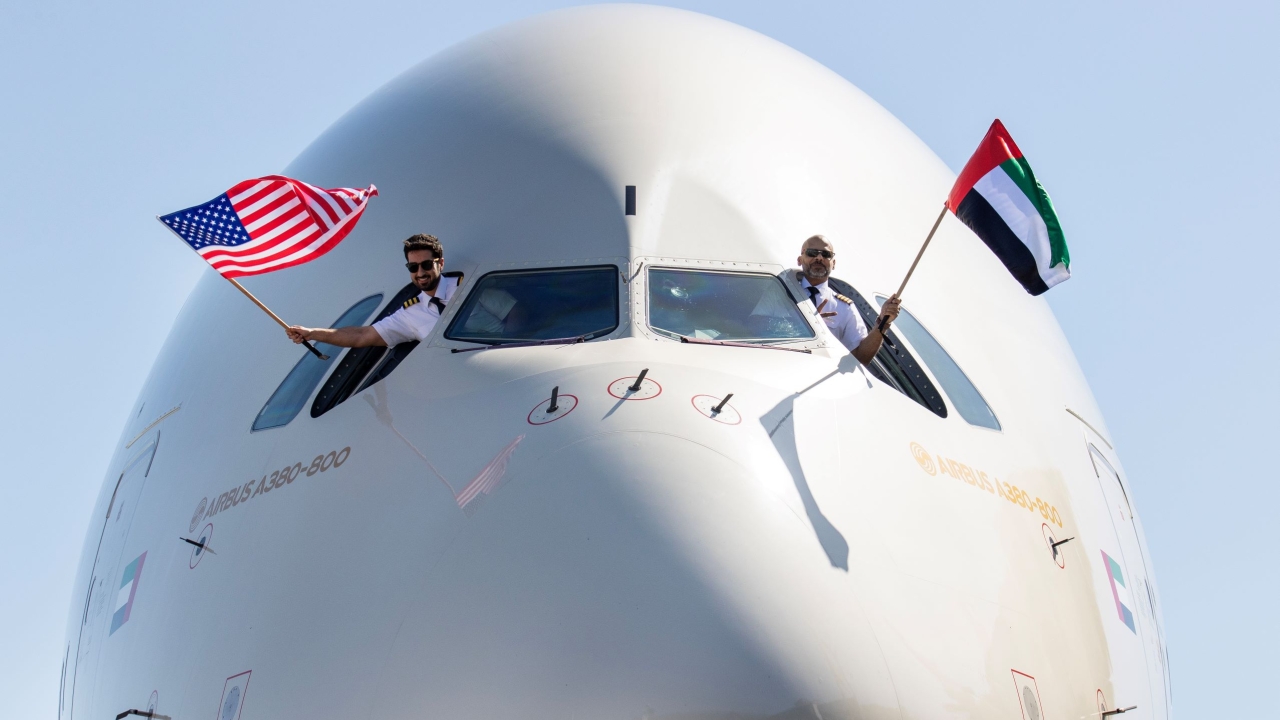IATA sees Middle East leading November air freight growth

Global capacity grew by 3.3% over the previous November. Compared to October 2014, air freight demand expanded by a healthy 0.8%.
The most significant growth was recorded by carriers in the Middle East and Asia-Pacific regions, at 12.9% and 5.9% respectively. Carriers in these regions captured the vast majority of the global increase (93%). Carriers in Asia-Pacific accounted for 55% of the total year-on-year growth (with a market share of 39.7%), while airlines in the Middle East region contributed a further 38% of growth (with a market share of 13.3%).
An important development emerged at the end of 2014 which, if it continues, bodes well for air freight markets. Air freight is closely linked to world trade (by value about a third of goods traded internationally are shipped by air). Air cargo growth stagnated from 2011 as world trade volumes basically grew in tandem with domestic production. A strong growth trend in cross-border trade emerged over the second half of 2014 (while domestic industrial production remained stable) which has had a positive impact on air cargo volumes.
"More goods are being traded internationally and that is fueling the growth in air freight. It was clear in November that most of that growth is being captured by carriers in the dynamic and relatively business-friendly Asia-Pacific and Middle East regions. This year we expect air freight markets to expand by 4.5%, outpacing projected growth in world trade (4.0%). Yet that optimism is tempered by the many macro-economic and political risks that continue to impact trade flows," said Tony Tyler, IATA’s Director General and CEO.
|
Nov 2014 vs. Nov 2013 |
FTK Growth |
AFTK Growth |
FLF |
|
International |
4.6% |
4.0% |
53.5% |
|
Domestic |
1.3% |
0.0% |
32.9% |
|
Total Market |
4.2% |
3.3% |
49.6% |
|
YTD 2014 vs. YTD 2013 |
FTK Growth |
AFTK Growth |
FLF |
|
International |
4.7% |
4.0% |
49.2% |
|
Domestic |
2.7% |
2.0% |
30.9% |
|
Total Market |
4.4% |
3.6% |
45.6% |
Regional analysis
Asia-Pacific airlines reported a 5.9% increase in FTKs with a 4.0% capacity increase. Although business confidence in China has weakened, government policies to encourage consumption are having a positive impact. Japan, although weakened by a recent consumption tax increase, has seen business confidence improve. Reflecting these trends, emerging Asian economies have seen a sharp rise in imports over the last six months.
European airlines saw a small 0.9% rise in FTKs while capacity expanded by 2.6%. The Eurozone economy continues to flatline, affected by renewed concerns over the Euro and Russian sanctions. Export markets in Asia and North America have potential but this is not outweighing the negative impact of weak home markets.
North American carriers recorded a FTK decline of 0.3% and a fall in capacity of 2.6%. This was despite a ports strike on the West Coast which helped shift some demand from sea to air. Underlying indicators for the US economy remain sound, which should support a return to growth.
Middle Eastern carriers continued their strong performance, with FTK growth of 12.9% and a 17.1% increase in capacity. The region’s efficient hubs continue to provide a strong platform for connecting long-haul freight shipments.
Latin American airlines saw FTKs fall by 0.7%, reflecting economic weaknesses across the continent, but particularly in Brazil and Argentina. Capacity was reduced 0.5%.
African airlines expanded FTKs by 10.5%, maintaining the positive trend of previous months. Load factors also improved as capacity was trimmed by 2.9%.
"The air cargo industry enters 2015 propelled by solid growth trend. Shippers have a choice in modes of transport and, like customers everywhere, demand ever greater value. To turn the
Stay up to date
Subscribe to the free Times Aerospace newsletter and receive the latest content every week. We'll never share your email address.

